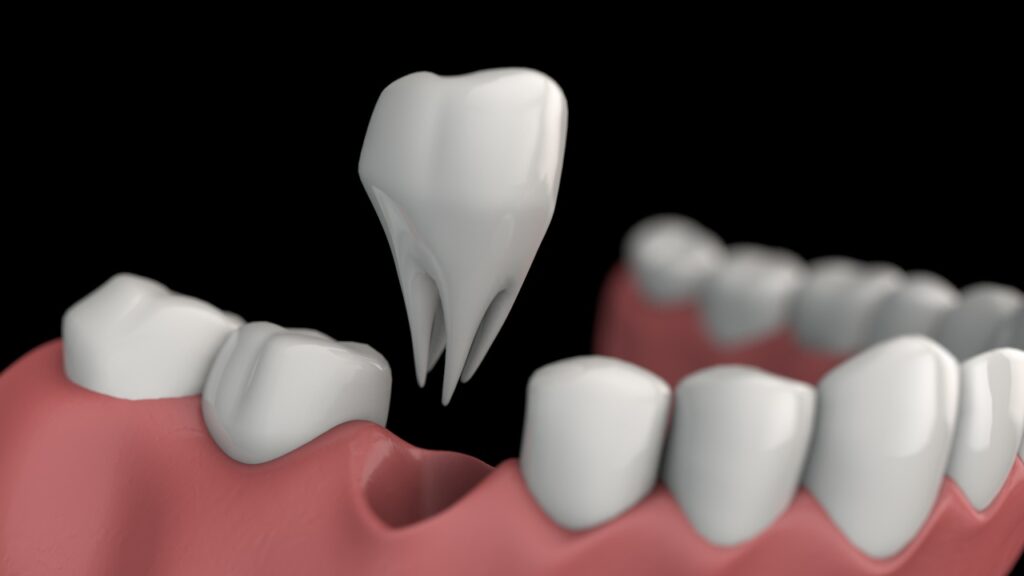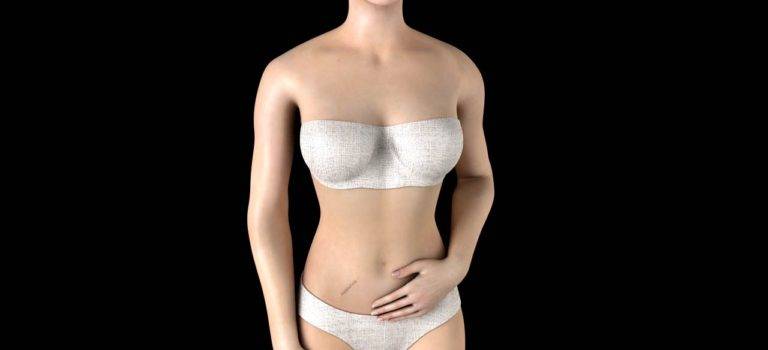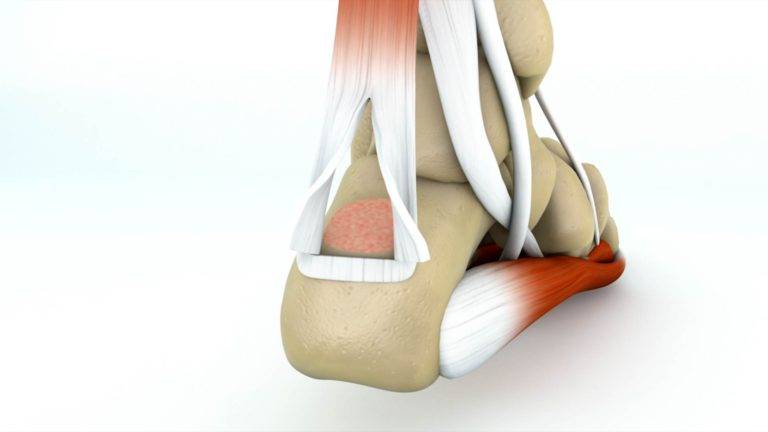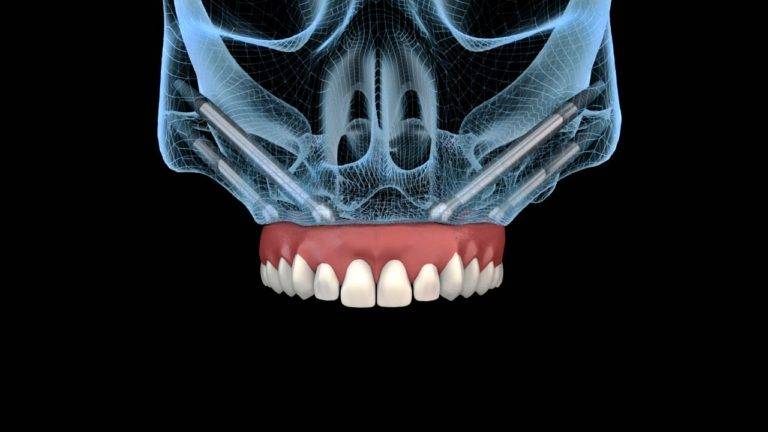Digital dentistry involves the use of digital technologies to perform dental procedures and enhance patient care. This can include technologies such as intraoral scanners, 3D printing, computer-aided design and manufacturing (CAD/CAM), and virtual treatment planning.
Digital dentistry has been rapidly evolving, leading to more precise diagnoses, efficient treatment planning, and improved outcomes for patients.
It’s also changing the way dental professionals communicate and collaborate, streamlining workflows and enhancing the overall patient experience.
You could explore specific aspects of digital dentistry, such as the use of 3D printing in dental prosthetics, the integration of artificial intelligence in diagnostics, or the benefits and challenges associated with the adoption of these technologies in dental practices.
In recent years, the field of dentistry has witnessed a profound transformation with the advent of digital technologies. Among these advancements, 3D animations have emerged as a powerful tool not only for dental professionals but also as an effective means of educating and engaging patients.
This article explores the role of 3D animations in dental education, empowering patients with a deeper understanding of their oral health and treatment options.
Digital Dentistry Unveiled
Digital dentistry encompasses a range of technologies that leverage digital tools to enhance various aspects of dental care. Intraoral scanners, computer-aided design and manufacturing (CAD/CAM), and 3D printing are just a few examples of innovations that have revolutionized the traditional dental landscape.
These technologies enable more accurate diagnoses, efficient treatment planning, and the creation of custom prosthetics with unprecedented precision.

The Rise of 3D Animations
Within the realm of digital dentistry, 3D animations have proven to be an invaluable asset for patient education.
These dynamic visualizations go beyond traditional methods, allowing patients to visualize complex dental procedures and gain a comprehensive understanding of their oral health conditions.
Benefits of 3D Animations in Patient Education
1. Clarity and Understanding
3D animations break down intricate dental procedures into easily digestible visual elements. Patients can see the step-by-step process of treatments, from routine cleanings to advanced restorative procedures.
This clarity fosters a better understanding of the proposed interventions and encourages informed decision-making.
2. Treatment Planning
For patients facing complex dental issues, 3D animations aid in illustrating treatment options. Dentists can use these animations to explain different procedures, allowing patients to actively participate in the decision-making process.
This collaborative approach enhances patient satisfaction and builds trust.
3. Oral Hygiene Education
3D animations are not limited to treatment procedures alone; they also play a crucial role in educating patients about proper oral hygiene practices. Animated visuals can demonstrate effective brushing and flossing techniques, promoting proactive dental care at home.
4. Reducing Anxiety
Dental anxiety is a common concern for many patients. 3D animations provide a non-threatening way to convey information, helping to alleviate fears by offering a clear, visual representation of what to expect during various dental procedures.

Challenges and Future Directions
While 3D animations in dental education have demonstrated immense benefits, challenges such as the need for widespread accessibility and adapting to varying patient demographics remain.
Additionally, ongoing advancements in virtual reality (VR) and augmented reality (AR) present exciting possibilities for further enhancing patient education.
Conclusion
As digital dentistry continues to evolve, the integration of 3D animations stands out as a game-changer in patient education. Empowering individuals with a deeper understanding of their oral health not only fosters a sense of control but also contributes to improved overall oral care outcomes.
Dental professionals embracing these digital tools are not just treating patients; they are actively engaging partners in the journey toward optimal oral health.





























